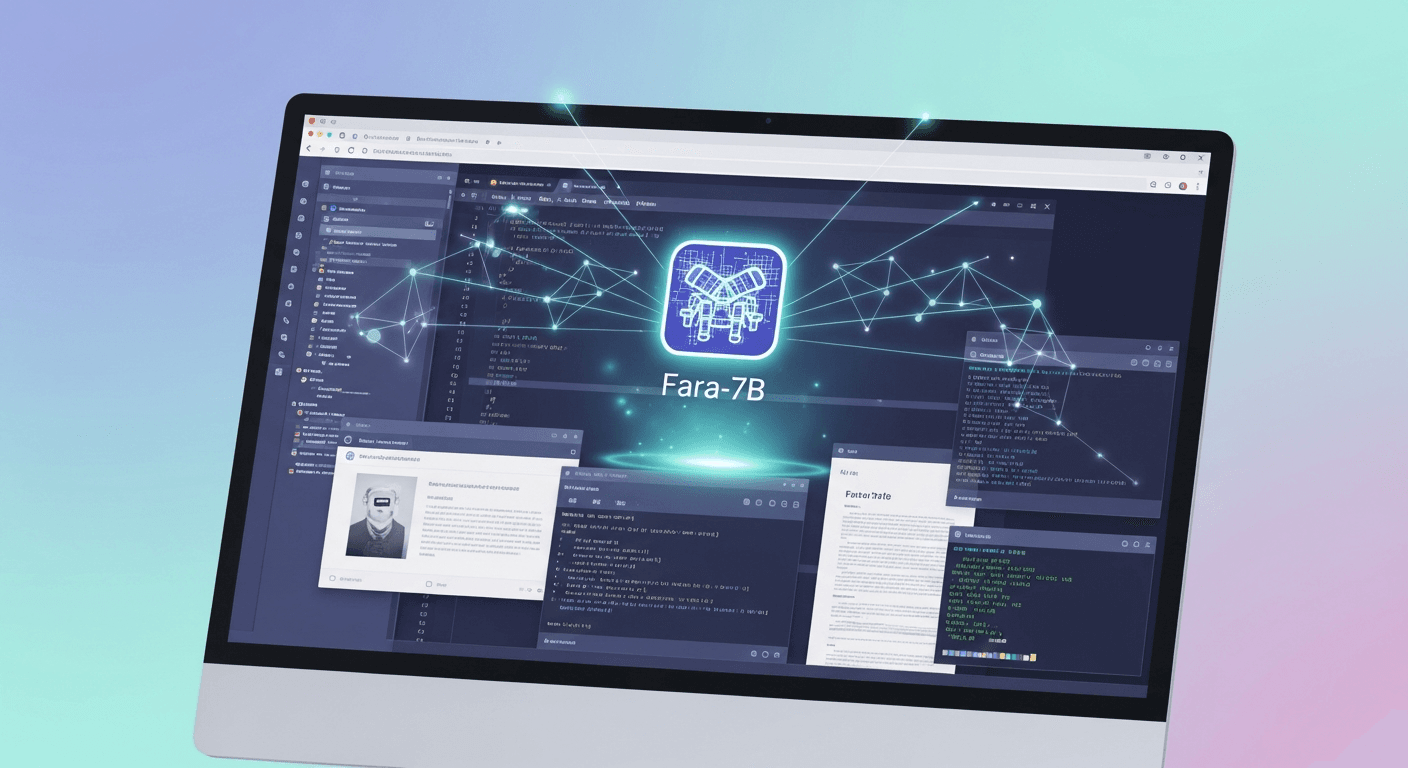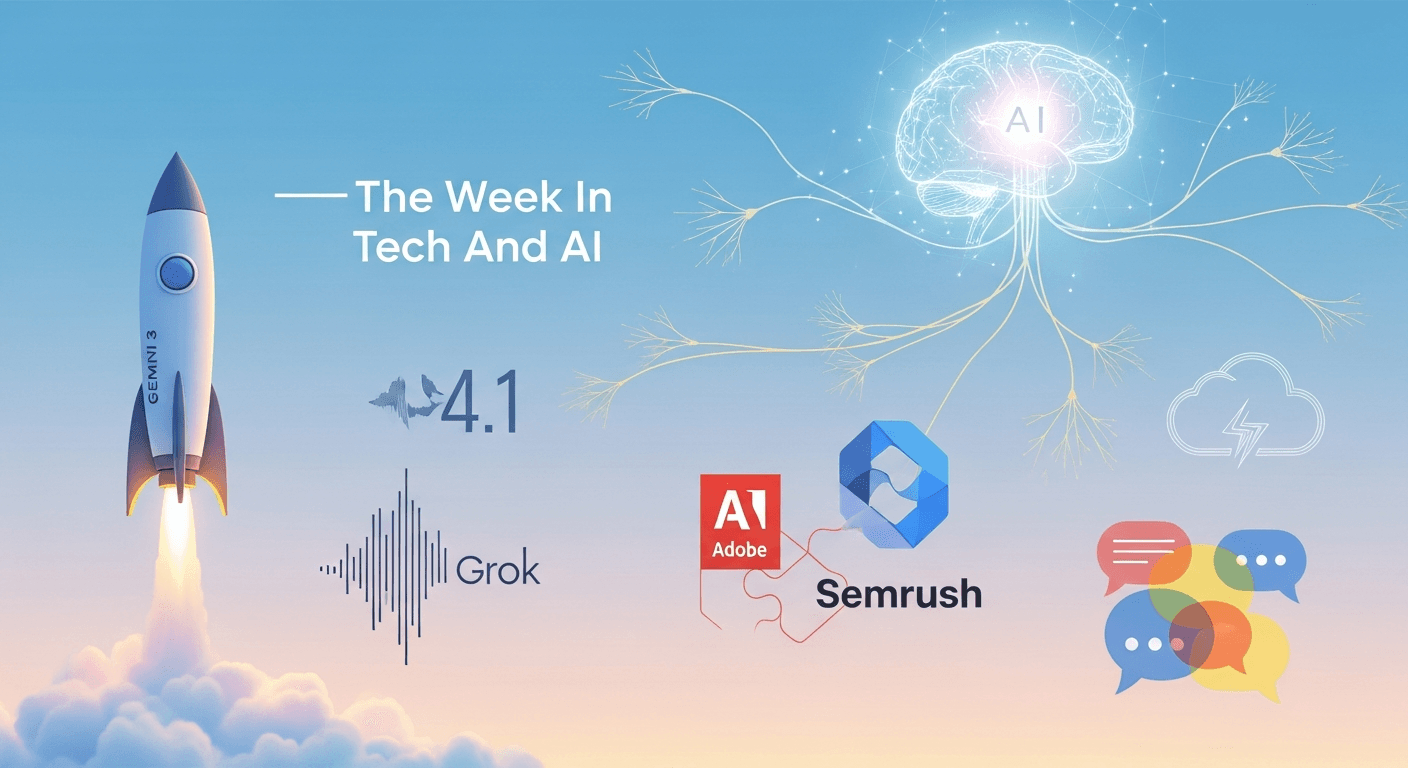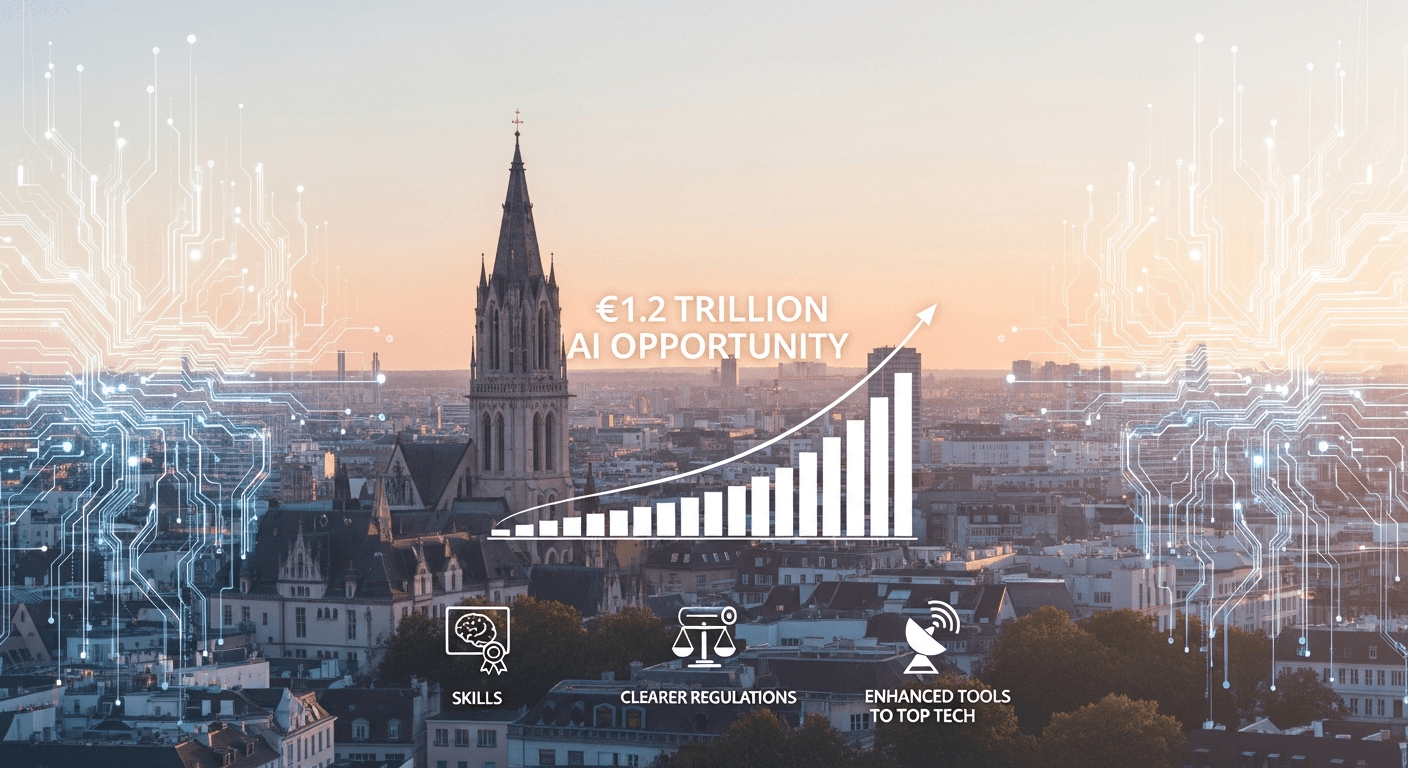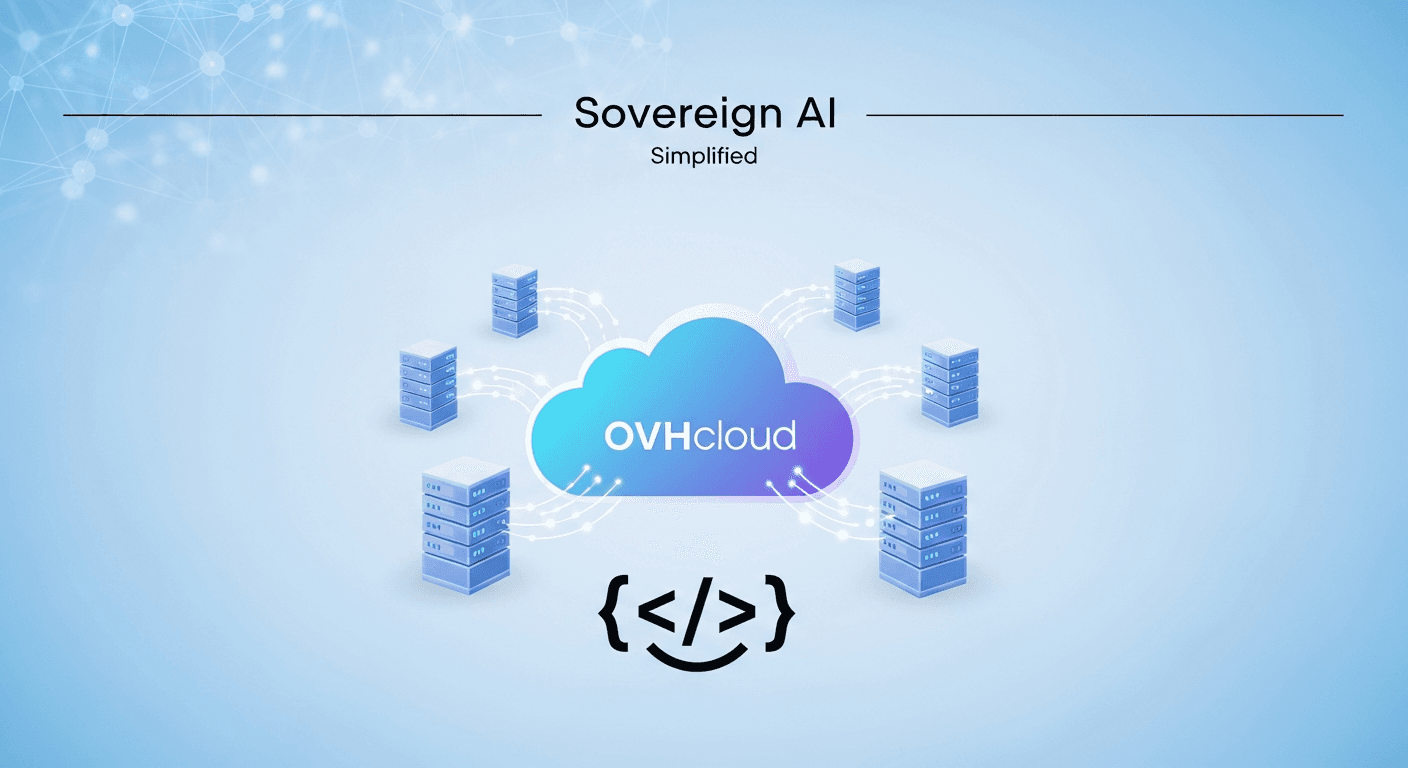
Inside Sora 2: Exploring OpenAI’s Latest Video Model and Its Safety Measures
Inside Sora 2: Exploring OpenAI’s Latest Video Model and Its Safety Measures
Are you curious about the future of AI in video creation and how it can be deployed responsibly? OpenAI’s Sora 2 is on a mission to revolutionize realism, physics, and creative control while adhering to a meticulous safety and policy framework. In this article, we break down the official Sora 2 System Card into clear, relatable terms so you can quickly grasp what’s new, the inherent risks, and OpenAI’s strategies for managing them.
Sora 2 is OpenAI’s advanced model for video and audio generation. Compared to its predecessor, the new version emphasizes improved physics, enhanced realism, synchronized audio, greater steerability, and a wider array of artistic styles. You’ll be able to access it through sora.com, the new iOS Sora app, and eventually via API as its rollout progresses.
In this guide, you’ll discover:
- The capabilities of Sora 2 and the significance of its physics and audio improvements
- The training and filtering processes behind the model
- The multi-layered safety mechanisms governing prompts, outputs, and social interactions
- Provenance tools like C2PA and visible watermarks
- The main risks involved and OpenAI’s mitigation strategies
- What’s next as Sora 2 continues its launch
What is Sora 2, in Simple Terms?
Sora 2 serves as a versatile system that generates both video and audio based on your instructions. Picture it as a creative playground: you provide a text prompt or certain reference materials, and Sora 2 generates a brief, cohesive video clip complete with synchronized sound. The model’s focus on physical realism means it is less likely to produce unrealistic movements and more inclined to accurately depict realistic dynamics like gravity and material behavior. This is crucial for making actions like skateboard tricks appear believable or for creating realistic water motion.
OpenAI emphasizes that Sora 2 is better at following multi-step directions while maintaining continuity across scenes, making it ideal for storyboards and intricate narratives. You can first experience this in the iOS app and on sora.com, with API access anticipated for future phases.
Availability, Rollout, and Early Access
- The Sora iOS app is currently available for download, with access granted via invite in the initial phase. The rollout began in the United States and Canada, with plans to expand to other regions. You can sign up within the app to receive notifications when your account access opens.
- Sora 2 will also be available on the web via sora.com after an invitation is granted.
- An experimental, higher-quality version known as Sora 2 Pro will be accessible to ChatGPT Pro users on sora.com, with further app access following the rollout.
- Sora 2 starts off free with generous limitations (dependent on computing constraints) to allow creators to explore its features fully.
How Sora 2 Was Trained and Filtered
Like many modern multimodal systems, Sora 2 was developed using a diverse array of data sources, including publicly available materials, licensed datasets, and content generated by users and trainers. OpenAI employs filtering methods to enhance data quality and minimize exposure to harmful or sensitive content (for example, by filtering out explicit material). Post-training, a range of safety classifiers help prevent the generation of disallowed content.
Why This Matters: Filtering and safety classifiers significantly lower the chances that the model mimics harmful patterns in the data and assist in identifying inappropriate content before or after generation.
Understanding the Safety Stack
OpenAI describes Sora 2’s protections as a layered “safety stack.” Here’s a breakdown of the key layers:
-
Input Blocking: When you submit a prompt (including text and, where applicable, images), safety models verify it against OpenAI’s guidelines. If a prompt violates these rules, it is blocked before any generation takes place, preventing problematic outputs.
-
Output Blocking: Should an issue slip past input checks, a second set of measures is applied after the video is created. This includes specialized classifiers (such as those for detecting CSAM) and a reasoning monitor trained to assess content against the established policies. Violating outputs will not be returned.
-
Enhanced Protections for Minors: Stricter safeguards are in place for users possibly under 18 years old, and OpenAI prohibits the use of its services by anyone under 13. This includes more rigorous checks when identifying potential minors in generated media and extra privacy measures for teen users, ensuring age-appropriate content.
-
Product-Level Enforcement: Beyond automated checks, OpenAI integrates automated detection with human review in the Sora app components (videos, comments, profiles, messaging). Users can report violations; OpenAI then has the ability to delete content or penalize accounts for policy infractions.
-
Global Usage Policies: OpenAI upholds a robust framework against a variety of harms, including threats, sexual violence, privacy infringements, and deceptive impersonation. These updated rules encompass consent, minors’ safety, and more.
Provenance and Transparency: C2PA and Watermarks
A significant challenge with hyper-realistic media is establishing its origin. For Sora 2, OpenAI embeds C2PA metadata in all assets, conforming to the industry standard for content provenance. Downloads from sora.com or the Sora app also feature a visible moving watermark, and OpenAI employs internal detection tools for assessing whether media was generated by its systems. Although these measures are not foolproof, they provide verifiable indicators that enhance origin tracing and deter misuse.
Major Risk Areas and Mitigation Strategies
OpenAI identifies several key concerns for Sora 2. Here’s how these risks manifest and how the system works to address them:
-
Harmful or Inappropriate Outputs: In the absence of safeguards, a video model could produce violent, sexual, extremist, or self-harm-related content. Sora 2 employs automated scanning of video frames, scene descriptions, and audio transcripts to block any content that contravenes the established policies. Enhanced thresholds are also applied to anything appearing in the public feed, along with a responsive user reporting system.
-
Misuse of Likeness and Deceptive Content: With highly realistic video and audio, the risks of impersonation, deepfakes, and misleading media become prominent. To counter this, OpenAI restricts uploads and generation capabilities at launch: video-to-video functionality is not available, text-to-video generation featuring public figures is prohibited, and the generation of real individuals is only allowed with their explicit consent through Sora’s cameo feature. Additional safeguards ensure that even with consent, any non-consensual imagery or content depicting graphic violence is strictly monitored. Provenance tools act as further deterrents against deceptive use.
-
Child and Teen Safety: OpenAI prioritizes preventing, detecting, and reporting CSAM through partnerships with organizations like NCMEC and implements robust scanning across both first-party and third-party contexts (API and Enterprise) unless strict removal criteria are met. Additional protections are instituted for teen users, including privacy-focused features, limitations on likeness usage, and parental controls; the public feed actively filters out age-inappropriate material.
The Sora Feed: Creativity with Safeguards
The Sora app includes a social feed designed to showcase creative possibilities while inspiring users. OpenAI emphasizes a ranking system that rewards creativity and connection, with parental controls available for managing the feed’s personalization. Proactive safety filters work to block content that breaches Usage Policies, with a review mechanism that combines automated checks and human oversight. The objective is a balanced environment that fosters expression without compromising safety.
Red Teaming and Adversarial Testing
Prior to launch, OpenAI engaged external experts from the OpenAI Red Team Network to rigorously test Sora 2, searching for vulnerabilities while evaluating its safety measures. Testers examined categories restricted by policy, including sexual content, extremism, violence, and youth safety. Findings from these assessments informed algorithmic filtering, blocklists, and classifier adjustments, enhancing the overall safety architecture.
Safety Evaluations: Assessing the Effectiveness of the Stack
OpenAI reports conducting internal evaluations utilizing thousands of adversarial prompts gathered through targeted red teaming. The production safety pipeline scans video frames, captions, and audio transcripts, assessed through two key metrics:
- Not Unsafe: A measure of how effectively unsafe content is blocked (recall)
- Not Over Refused: A measure of how well benign content avoids unnecessary blocking (precision regarding overblocking)
The reported effectiveness was strong across critical categories. For instance:
- Adult nudity/sexual content without likeness: 96.04% not unsafe and 96.20% not over refused
- Adult nudity/sexual content with likeness: 98.40% not unsafe and 97.60% not over refused
- Self-harm: 99.70% not unsafe and 94.60% not over refused
- Violence and gore: 95.10% not unsafe and 97.00% not over refused
While these findings are positive, they do not assure absolute safety; OpenAI frames deployment as iterative to adapt mitigations as new challenges arise.
Importance of Physics and Synchronized Audio for Creators
The advancements in physical accuracy significantly enhance everything from camera setups to animation timing. For creators, this means:
- More Realistic Motion: Actions like running or pouring should look grounded rather than artificial.
- Better Continuity Across Shots: The model more accurately retains object and position information throughout a scene.
- Smoother Edits and Composites: Authentic lighting, reflections, and material behaviors make transitioning between clips easier.
- Controlled Sound: With Sora 2 generating audio and video simultaneously, prompts can direct dialogue, ambiance, or sound effects, ensuring cohesive audio that doesn’t require manual alignment.
Overall, these improvements expand the practical possibilities for storyboarding, previsualization, marketing, educational content, and experimental cinematography.
Responsible Use of Sora 2: Quick Tips
- Be Clear in Your Requests: Use specific language for actions, materials, lighting, and sound in your prompts. Break down complex ideas into manageable steps when possible.
- Respect Likeness and Consent: Never generate or upload content featuring a real individual’s identity without their explicit permission. Always obtain written consent and set clear boundaries when utilizing cameo features.
- Avoid Sensitive Topics: Content related to minors, sexual material, self-harm, or violence faces strict scrutiny and may be blocked.
- Maintain Context: If creating satirical or composite scenes, ensure they are clearly labeled to avoid misleading viewers.
- Ensure Provenance: When exporting, preserve C2PA metadata and leave any watermarks intact if the platform supports it.
For specific and evolving policy details, always refer to OpenAI’s Usage Policies and the in-product guidelines.
What to Expect Next
OpenAI highlights an iterative approach to its release. Initial access is granted through invites, with certain uploads restricted and stringent safeguards in place for content involving minors. Over time, OpenAI plans to broaden accessibility, introduce API functionality, and continue refining model behavior, policy enforcement, and feed rankings informed by real-world use.
Bottom Line
Sora 2 is not merely a leap in video quality; it’s a comprehensive integration of realistic video and audio alongside a robust, ever-evolving safety and policy framework. With enhanced physics, synchronized sounds, and improved user control, new avenues for creators are opening up, while provenance tools, usage policies, and layered protections strive to prevent misuse.
If you’re venturing into video creation, keep an eye on Sora 2. As access expands, anticipate a continual influx of experiments that test both creative boundaries and the safety design of next-generation video models.
FAQs
What is Sora 2 in One Sentence?
Sora 2 is OpenAI’s latest model that generates combined video and audio content, prioritizing realistic physics and precise user control.
Where Can I Try Sora 2?
You can download the Sora iOS app to register for access, and once invited, use sora.com on the web; API access is planned for a later phase.
How Does OpenAI Ensure Safety with Sora 2?
Sora 2 employs layered protections: prompt and output checks, stricter rules for minors, in-app reporting mechanisms, and a set of Usage Policies that ban harms such as non-consensual likeness usage and deception.
What is C2PA and What Watermark Does Sora Use?
C2PA is a standard for attaching verifiable provenance metadata to media. Sora adds C2PA metadata and a visible moving watermark to downloads from sora.com and its app, plus utilizes internal detection tools for assessing the origin of content.
Can Sora 2 Generate Videos of Public Figures or from Uploaded Videos?
At launch, Sora 2 prohibits text-to-video generations featuring public figures and does not support video-to-video functionalities. Additionally, content portraying real people is blocked unless consent is granted through Sora’s cameo feature, with additional safeguards for such instances.
Thank You for Reading this Blog and See You Soon! 🙏 👋
Let's connect 🚀
Latest Insights
Deep dives into AI, Engineering, and the Future of Tech.
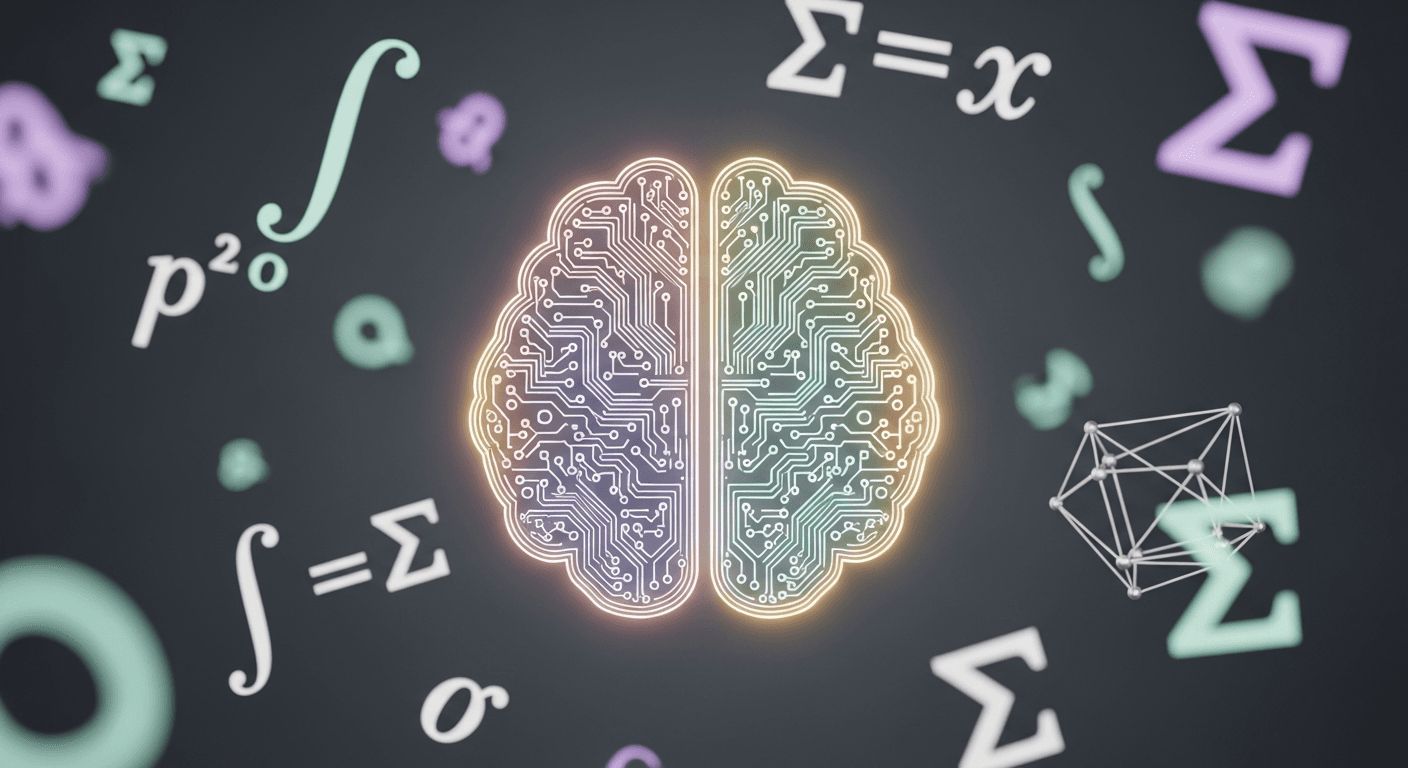
DeepSeek Math V2: The Open-Source Reasoner Achieving Gold-Level IMO Performance
DeepSeek Math V2 claims gold-level IMO performance and near-perfect Putnam results. See how its verifier-generator loop works and how it compares to Gemini.
Read Article